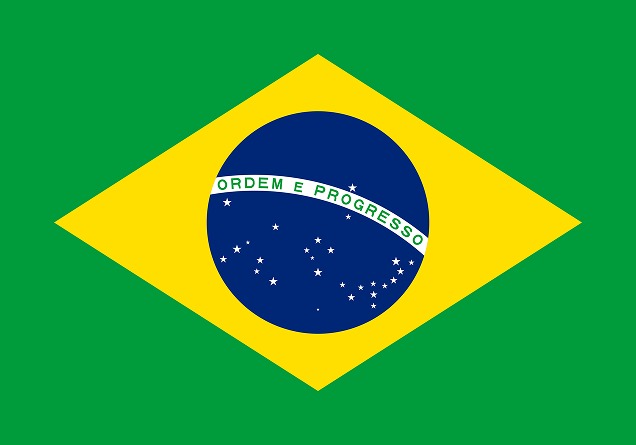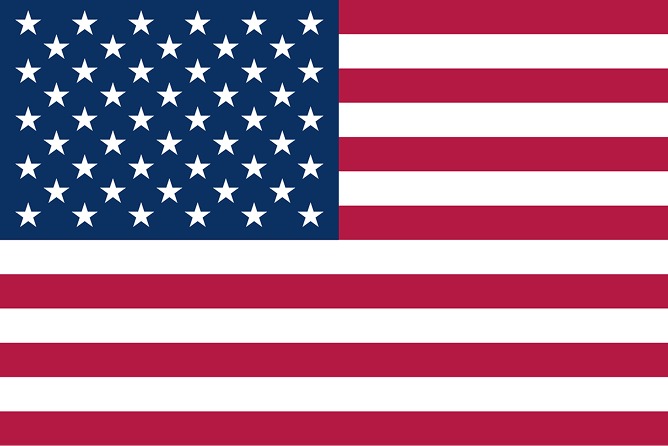We can't find the internet
Attempting to reconnect
Something went wrong!
Hang in there while we get back on track
Zero Deforestation

Imazon has been working to reduce deforestation in the Amazon since its founding in 1990, and it has already made significant contributions to that goal over the course of its history. More recently, the institute also launched an innovative platform that uses artificial intelligence to predict areas at highest risk of forest clearing in the region. Known as PrevisIA, this tool can help prevent deforestation before it happens.
Over the past 32 years, a wide range of scientific research and field projects carried out by Imazon have contributed to the protection of the rainforest. One of the early highlights was a study published in partnership with the World Bank in 2000 on the boom-bust dynamic, which served as a reference for the development of public policies to combat deforestation.
In 2006, Imazon developed the first tropical monthly monitoring system for deforestation and forest degradation using satellite imagery. Two years later, in 2008, the institute’s Deforestation Alert System (SAD, in Portuguese) was already fully operational, marking the beginning of a long historical data series. And in 2010, the organization partnered with Google to develop DAS on the Earth Engine (EE) platform, where it remains active today.
Also in 2006, Imazon established a pioneering partnership with the Federal Public Ministry (MPF) and State Public Ministries (MPEs) to monitor illegal deforestation occurring in protected areas in the states of Pará, Mato Grosso, Amapá, and Roraima. In 2008, the institute took part in the creation of the Green Municipalities Program (PMV) in Paragominas, Pará, which led to a drastic reduction in deforestation and a significant increase in Environmental Rural Registry (CAR) registrations.
In 2009, Imazon studies on the Environmental Crimes Law contributed to improving strategies for combating deforestation, including changes aimed at speeding up the donation of seized goods and expanding the dissemination of embargoed property lists.
The institute also supported the design and implementation of the Green Municipalities Program of Pará in 2011, which brought together 105 of the 144 municipalities in the state. The initiative covered about 1 million square kilometers and benefited a population of over 5 million people. As a result, Imazon helped several municipalities in Pará to exit the Ministry of the Environment’s (MMA) critical deforestation list. At the Rio+20 Conference in 2012, the organization also provided technical input for the Zero Net Deforestation (DLZ, in Portuguese) proposal by 2020, announced by the State Government of Pará.
In 2013, the institute contributed to the development of the Brazilian Greenhouse Gas Emissions Estimation System (Seeg), the first initiative of its kind in the hemisphere. Imazon was responsible for updating emissions estimates for the land-use change sector across all Brazilian biomes. That same year, the organization played a key role in designing and supporting the implementation of Pará’s Illegal Deforestation List (LDI).
In 2014, Imazon partnered with the World Resources Institute (WRI) to build the new Global Forest Watch (GFW) platform, an online monitoring and alert system that, for the first time, enabled real-time access to satellite imagery, maps, and crowdsourced data on the world’s forests. In 2015, Imazon led the design and development of the MapBiomas network, which maps annual land use and land cover changes in Brazil, with a historical data series starting in 1985.
In 2021, the organization launched PrevisIA, a groundbreaking platform that uses artificial intelligence to identify areas at highest risk of deforestation in the Legal Amazon. The tool was born out of a desire to go beyond reacting to already deforested areas and instead harness technology to prevent new clearings.
 PT
PT
 ES
ES
 EN
EN

